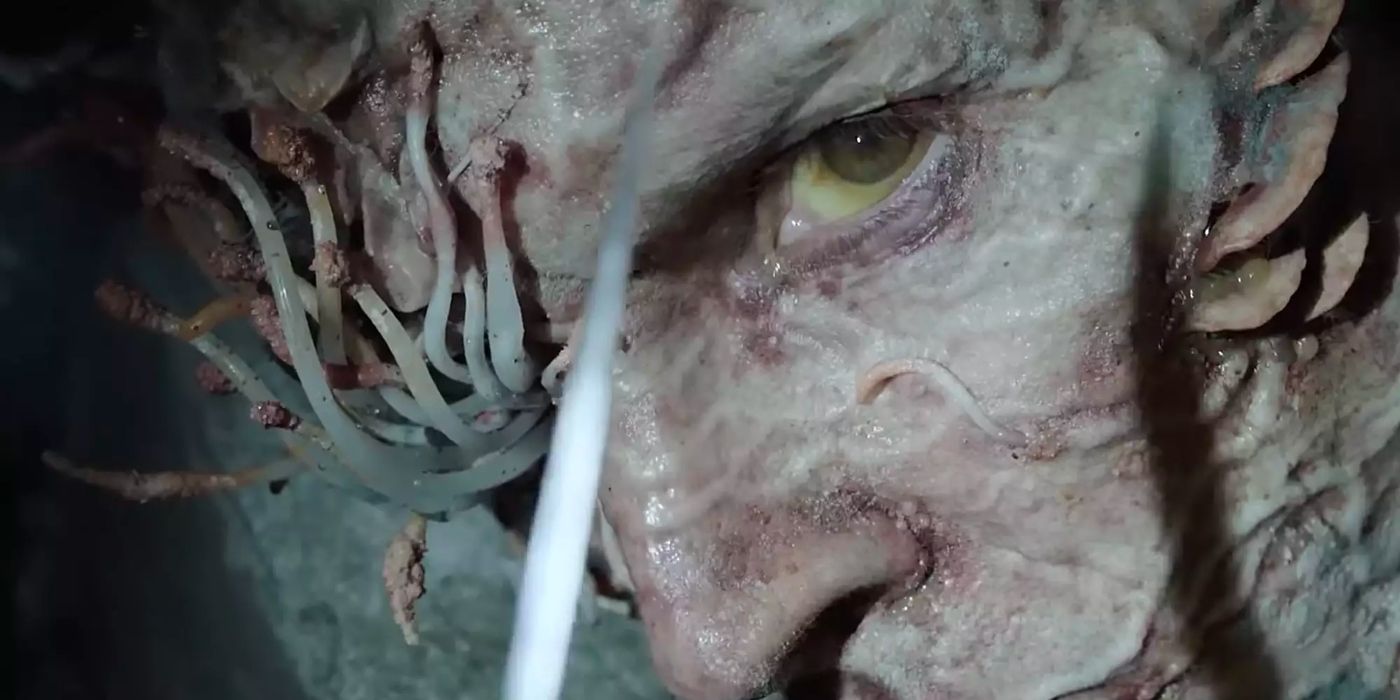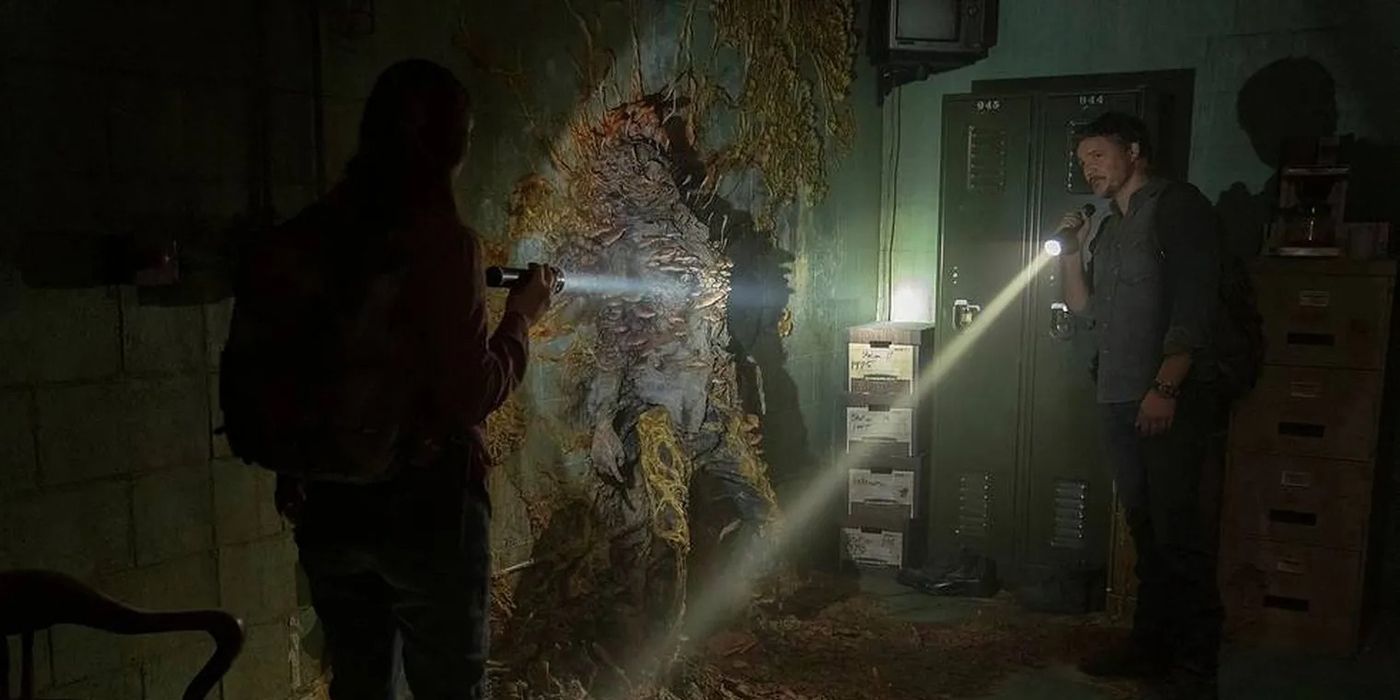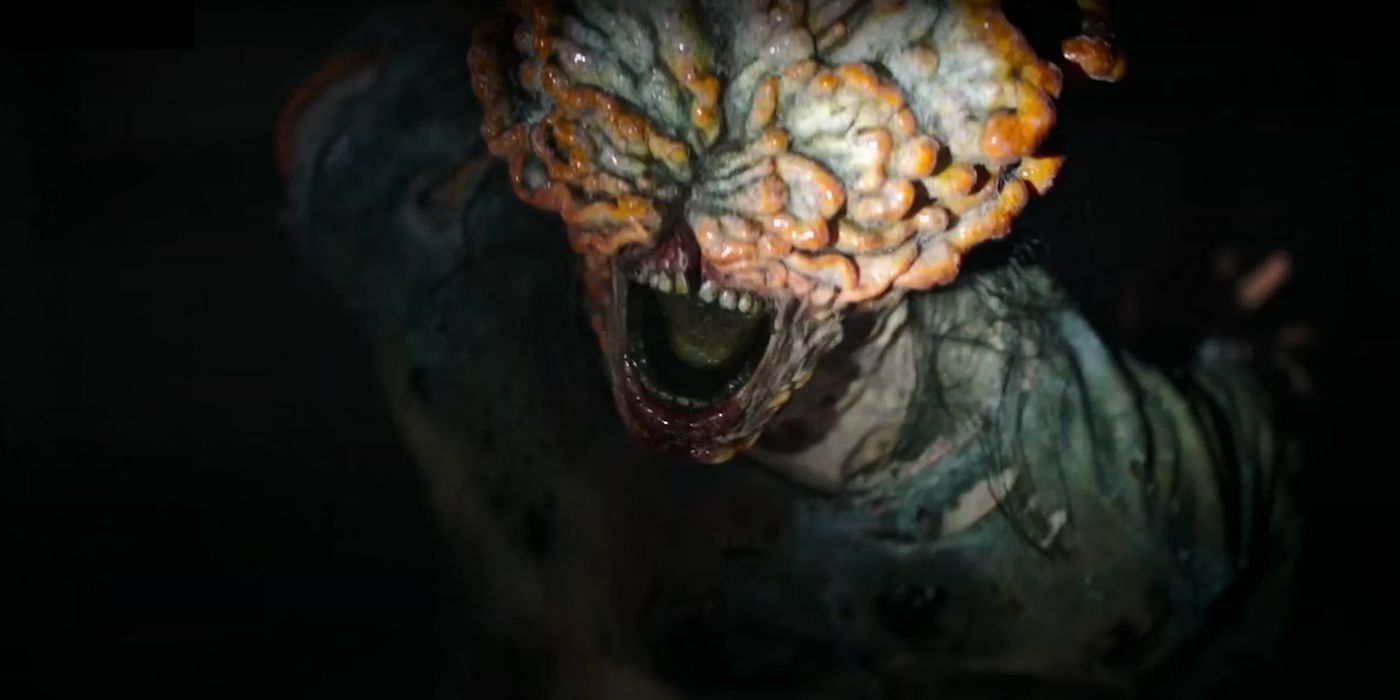Editor's Note: The following contains mild spoilers for The Last of Us.Over the course of the past few decades, we have been exposed to numerous zombie apocalypses. Some, like Train to Busan, made us tremble with fear, while others, such as Zombieland, made us laugh. From The Walking Dead to Pride, Prejudice and Zombies to Warm Bodies, the world was infested with undead doomsday scenarios with causes going from the biological to the supernatural. And, for a while, we couldn't get enough of it. But, after some time, we became saturated with zombies, and it started to seem like it would be a very long time before they were able to scare us again. Then along came HBO’s The Last of Us to remind us why those stories were so scary to begin with.
The zombie epidemic - or, rather, pandemic - shown in The Last of Us is made of the most realistic material the genre has to offer: a so-far unknown pathogen somehow manages to infect a human and passes from one host to another, turning people into shells of their former selves concerned only with spreading the disease. However, there is something particularly scary about the Cordyceps outbreak of The Last of Us. It is hard to pinpoint exactly what it is, but, in the end, it all comes down to one word: familiarity. The fungi taking over the world in the series are much closer to humankind than we are inclined to believe, and this only makes them harder to fight. Furthermore, our post-covid understanding of what future pandemics may look like made us a lot more sensitive to the horrors shown in the series. After all, we aren’t as distant from the world of Joel (Pedro Pascal) and Ellie (Bella Ramsey) as we would like to believe…
Fungi Grow in Plain Sight, and They’re All Around Us
The first thing that makes the pandemic in The Last of Us particularly scary is that we can actually see the disease as it spreads. Unlike viruses and bacteria, fungi can also be macroscopic, which means that humans can see them with their naked eyes. When Ellie, Tess (Anna Torv), and Joel run into their first clickers in the show, it isn’t just a symptom of the infection that they see on the mushroom-like formation on the parted head of the creature. Instead, they are looking at the very infectious agent of the disease.
Here’s an example that might help make things clearer: think of the Zika virus that made the rounds in various parts of the globe a few years back. Now, as the name says, Zika is a disease caused by a virus, which means you can’t see its infectious agent unless you are looking at it through a microscope. However, you can see the mosquitoes that carry the pathogen from one person to the other. Still, there’s no way of knowing if a mosquito is or isn’t infected with the Zika virus. The mosquito itself isn’t responsible for the disease. Furthermore, even though Zika causes a series of visible symptoms, the most common of which is an ugly rash, these are just manifestations of the infection in your body. Other rash-causing diseases can be transmitted through the liquid that gathers inside the pustules, but, still, the pustule itself is not the virus. For a viral disease to be as scary as the infection in The Last of Us, we would have to imagine a virus that slowly takes over your body in the form of a giant rash, not a nearly invisible creature that can only make itself seen through its reaction to another organism.
To some extent, the Cordyceps infection has more in common with diseases caused by helminths, or worms, than with bacterial, viral, and even other fungal infections in people. After all, like the macroscopic Cordyceps in The Last of Us, worms are perfectly visible to the human eye. But, again, we return to the conspicuousness of the symptoms. There is a body horror quality to the Cordyceps that we cannot overlook. The symptoms caused by worm infections - nausea, lack of appetite, diarrhea - just aren’t as disturbing to healthy onlookers as, say, a bright green fungal colony growing on your face.
Another particularity that comes from fungi being sometimes visible to the naked eye is their overbearing presence in our day-to-day lives. Much like worms, we can easily spot them all around us, poorly hiding in places that go from the ground we step on to our own refrigerators. However, unlike worms, we aren’t necessarily repulsed by fungi. Depending on the species, we might even add it to our daily meals. Sure, no sane person would ever make a sandwich out of two pieces of moldy bread and a slice of white, furry cheese, but let him who has never eaten a nice Portobello mushroom cast the first stone. Given the right circumstances, we might even find fungi cute. Just picture a little red-and-white mushroom in the middle of the woods. Isn’t it adorable? Now think of the same mushroom growing out of someone’s eyeballs. Not as cute, right?
The fact that we see fungi as a semi-domesticated species, keeping them so close to our hearts and digestive systems, creates a certain dissonance with the images of the murderous Cordyceps of The Last of Us. In a way, they have more in common with Stephen King’s Cujo than with the virus in Stephen Soderbergh’s Contagion.
As Dr. Neuman Explains in The Last of Us, Fungi Are Just Too Similar to Humans
It isn’t just physically and emotionally that fungi and human beings are close to one another. Due to their appearance, we tend to think of fungi in general as related to plants. However, this isn’t true. As Dr. Neuman (John Hannah) explains in the very first episode of The Last of Us, fungi are actually pretty close to humans from a biological standpoint. When mycology, or the study of fungi, first emerged, it was a part of botany, since fungi were considered primitive plants. However, in the early 90s, evidence came to light that fungal DNA is actually closer to humans than to that of plants or bacteria.
But why should that make the Cordyceps scarier than any other pathogen, real or imaginary? Well, first, there's the familiarity aspect that we just covered: humans, in The Last of Us, are being decimated by something extremely close to themselves – closer than it might seem. But, most importantly, this similarity between fungi and humans makes the Cordyceps infection almost impossible to combat. In an interview with Vulture, Dr. Ilan Schwartz, from Duke University, explained that, since fungal cells are so similar to our own, “there are far fewer targets for antifungals to work with, to selectively cause damage to fungal cells without causing damage to human cells.” As a matter of fact, there are only a handful of antifungal medicines on the market, while antibiotics, for instance, are readily available for anyone. So far, there are also no antifungal vaccines available. This means that it would be a lot harder for humanity to fight a new fungal disease than it is for us to combat bacterial or viral infections.
Dr. Neuman makes this absence of viable treatments and cures a big part of his speech in the first scene of “When You’re Lost in the Darkness”. This is why Ellie’s ability to coexist with the Cordyceps fungus in her system is so important to the Fireflies and everyone else on the show. After all, if one human can keep on living as a conscious person after being infected, why can’t everyone else? It’s only a matter of finding out what’s so special about Ellie or the specific fungus living under her skin. In the real world, however, we haven’t yet found an Ellie to show us how to properly combat a large-scale fungal outbreak.
Climate Change Means There Are More and More Pandemics Coming Our Way. Why Not a Fungal One?
The lack of medicine and prophylactic measures to combat a fungal pandemic such as the one portrayed in The Last of Us isn’t the only way in which the show appeals to our very tangible limitations to cause fear. The role that climate change plays in the evolution of the Cordyceps also speaks to some of our real-world anxieties. In the series, it is a significant rise in global temperature that has led the Cordyceps to evolve and become able to live inside the warm-blooded bodies of human beings. In reality, things might not look exactly like in the show, but they aren’t that different either. Though there are still no projections about diseases that only infect bugs moving to human hosts, climate change may soon introduce humanity to many other pathogens that previously infected only other kinds of mammals.
According to a paper published in science journal Nature, there are currently 10,000 virus species capable of infecting humans that, so far, circulate exclusively among wild animals. But as the world’s temperature continues to increase, at least 3,139 mammal species may find themselves forced to leave their natural habitat. This, in turn, can change how the diseases carried by these animals spread, with new viruses becoming able to infect humans, in a scenario quite similar to the Covid-19 pandemic.
The past three years have certainly taught us that a viral pandemic isn’t something to be trifled with, but what about a fungal one? How close are we to the world of The Last of Us? Turns out, closer than we would like to believe. Fungal infections kill about 1,5 million people every year, and there have been cases of new fungi emerging out of nowhere and taking humanity by storm. In the previously mentioned Vulture piece, Dr. Schwartz points to the drug-resistant Candida auris, a fungus that causes blood infections and that appeared seemingly out of the blue somewhere around 1996. The fungus, which was only properly identified in 2009, has been spreading rapidly and can currently be found in more than a dozen countries, according to the CDC. It might be no Cordyceps, but it sure helps make The Last of Us all the more real and, of course, scary.





